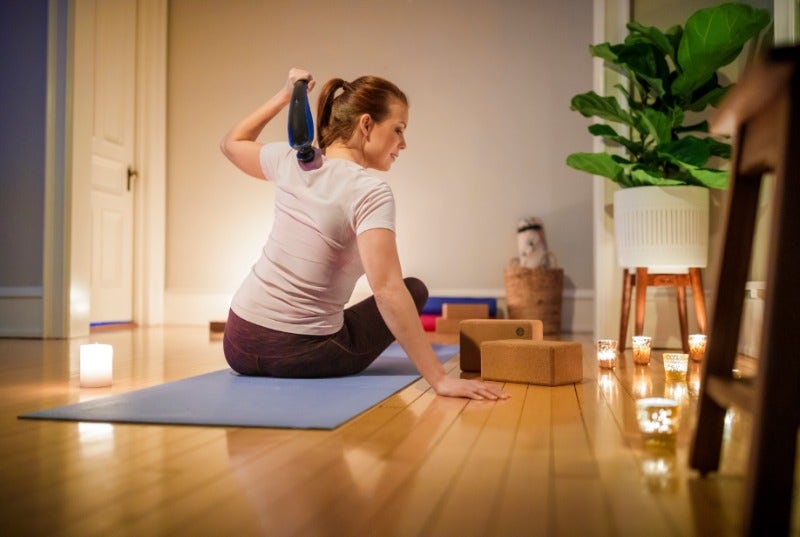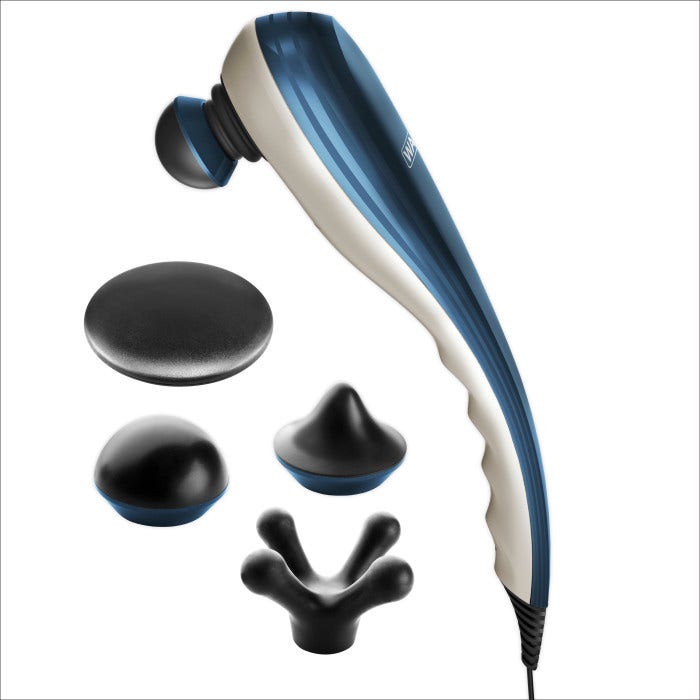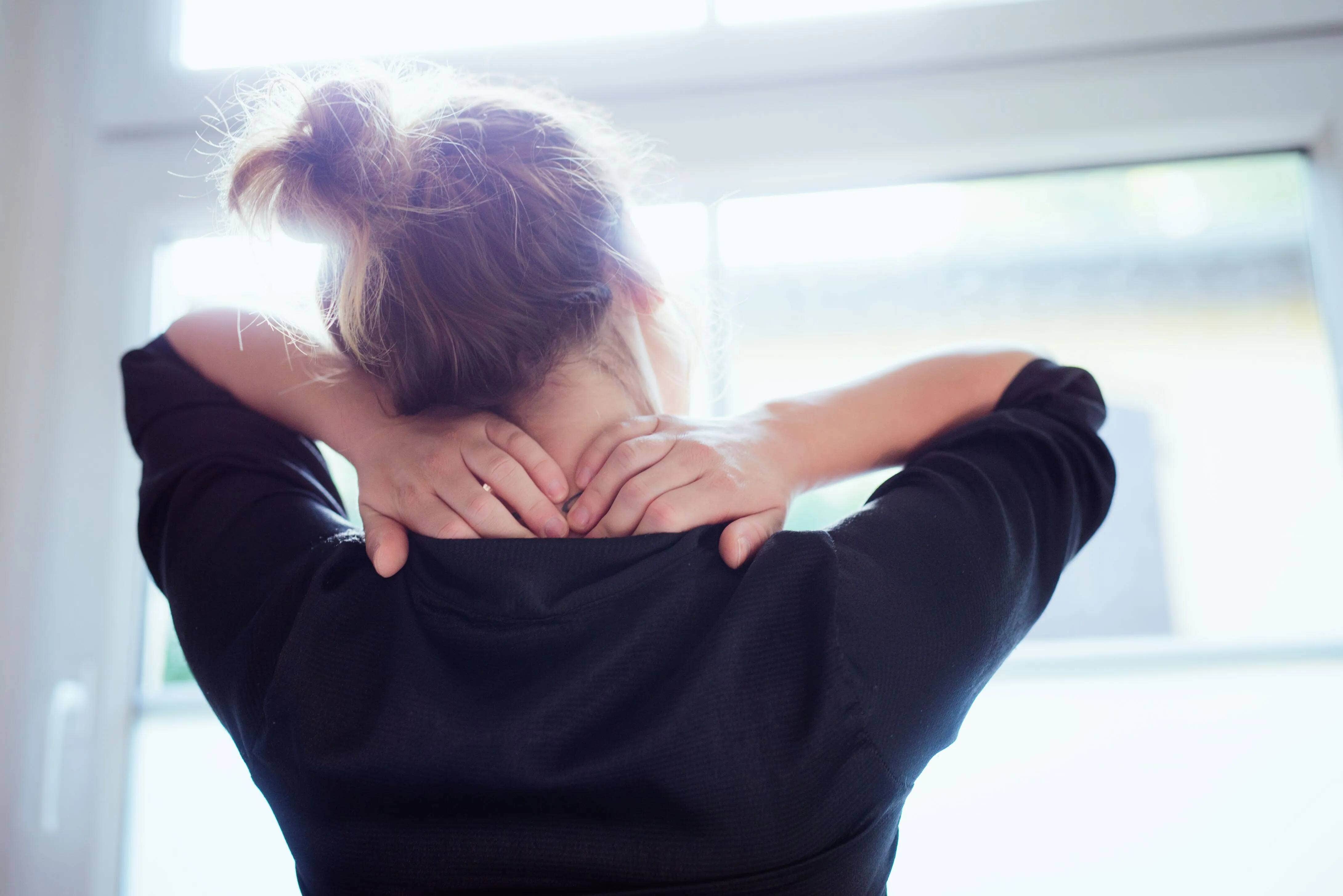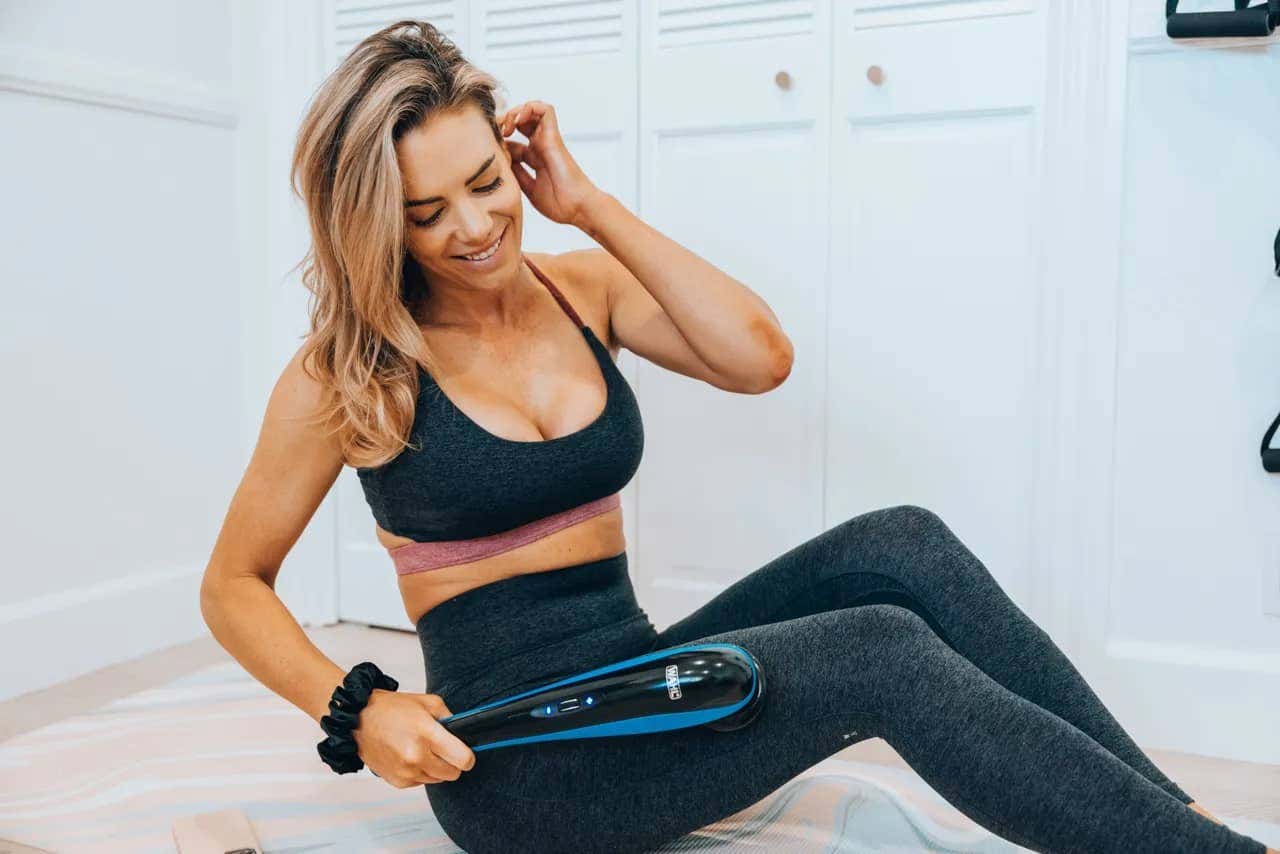Whether you’ve been out of the game for a few years or new to the game altogether, starting an exercise regimen can be intimidating. Throw into the mix that health and fitness trends are constantly changing and now you are even more confused. People ask me all the time where to start and the most important thing is to start with the basics. No need to start with an aerial yoga class or a mud run through electrical wires. I’m stripping away the frills and taking you back to the basics. I’ve compiled the Beginner’s Workout Checklist to get you started and get you sweating today! No mud required. I promise!
1. Know The Lingo
What’s the difference between a set and a rep again? If you’ve ever found yourself asking this question, it’s time for a quick refresher in fitness jargon. These are the basic terms that’ll help you decode your next workout:
2. A Good Pair of Shoes
Here’s the deal about workout clothes. There is no right or wrong answer. You can wear whatever your heart desires. Yoga pants that cost $100 or yoga pants that cost $15. A t-shirt or a tank top. Whatever makes you feel most comfortable and works for your body. I would suggest, however, that whatever style you choose, look for moisture wicking fabric in order to prevent chaf and keep the sweat off!
Now, here’s the deal about workout shoes. There IS a right and wrong answer. If you cut corners on shoes, your entire body could suffer. The American Orthopedic Foot & Ankle Society states that proper-fitting sports shoes can enhance performance and prevent injuries. While the cost may increase, they suggest purchasing athletic shoes from a specialty store. The staff will have the knowledge to put you in a shoe that best fits your workout of choice. The wrong shoes can lead to blisters, plantar fasciitis, and other workout-stopping ailments. If you’re going to spend money on fitness gear, athletic shoes really should be the biggest investment. Your feet, along with the rest of your body, will thank you!
3. Basic At-Home Gear
If you’re sweating the price of a gym membership, here’s the awesome truth—you can get just as fit right in your own home! For newbies, I would suggest four pieces of equipment to get you started. That’s it. No need to buy any expensive machines you’ll only use for a month and then get bored.
Yoga mat: Yoga mats are great for, well, yoga, but they also add extra padding during floor exercises like sit-ups, planks, and push-ups and for plyometric workouts that involve a lot of jumping. You’ll definitely want one in your home exercise area!
Dumbbells: If you don’t have a set of dumbbells in your house, you’re missing out! Dumbbells are so easy to break out while you’re watching TV or waiting for the dryer to buzz. Plus, almost every fitness DVD requires a set of your own. For true beginners, I’d recommend 5-lb and 8-lb weights. Down the road, get yourself an 8-lb and a 10-lb set.
Medicine Ball: A medicine ball can be tossed, rolled, and even slammed into the ground. And since it can cover both cardio and strength, this is a must-have home gym piece of equipment! Start with this 20-Minute Total Body Medicine Ball Workout or this Med Ball Mania Workout.
A Step: Yep, we’re talking about the ‘80s classic. But no need to put on head-to-toe spandex, turn on Olivia Newton John, and bust out an aerobics routine. A step acts as a weight bench and a “box” for jumping, and it also adds elevation for exercises like lunges, push-ups, and tricep dips. Check out the plethora of exercises you can do on step here.
4. Helpful Apps
For guidance in your fitness endeavors, turn to your phone! Apps are an incredibly useful resource for workouts, form tips, and overall motivation. These are five apps all beginners should download stat:
Tabata Pro Timer : This comes in handy when you need timed intervals for a workout like this 10-Minute Beginner Tabata Challenge . You can stop looking at the clock and let the app count you down with buzzes and beeps!
MapMyFitness: No matter what your workout of choice is, this app tracks it. Going for a run? Rock climbing? Tennis anyone? MapMyFitness will record duration, distance, pace, speed, elevation, calories burned, and route traveled on an interactive map.
Daily Yoga: If you’re new to yoga, you will love the step-by-step coaching and videos. With soothing music, 45 different sessions and a library of more than 300 poses, this app will make you a bendy yogi in no time.
SworkIt: You choose what type of exercise (strength, cardio, yoga, or stretching), what you want to work (upper body, lower body, core, or total body) and the length of the workout. SworkIt does the rest. A tailored, no equipment-required workout will be ready for the taking!
Pact: If lack of motivation is your kryptonite for working out, this app is guaranteed to get your butt in the gym. Why? Your money is on the line! Make a “pact” to exercise more or eat healthier, and you could either gain money or lose it depending on if you hit your goals or not.
5. A Self-Massage Tool
How you take care of your body after a workout is just as important as the workout itself. When your muscles are sore, they need a little loving to help recover faster and stay on track for the next workout. A self-massager is a crucial tool for this process, especially for beginner’s whose muscles are probably screaming, “Whoa Nelly!” after the first few strength sessions. However, we suggest that even when your muscles get “stronger” to continue to do self-massage. Check out these awesome benefits of a continued massage regimen:
If you haven’t noticed yet, I kind of have an obsession with Wahl Massagers. My checklist choice for a self-massager is the Wahl Deep Tissue Percussion Massager. This one provides a high-penetration massage that attacks muscle pain that hides below the surface, and it’s powerful enough to treat large muscle groups or pin-pointed problem areas. That means if I have a sore knot in my shoulder or an entire sore quad, I can use this one massager for both issues. Plus, it’s an easy size to tuck under my couch to use while relaxing after a workout, and best yet, it’s a fraction of the cost of a 60-minute professional massage. You can’t beat that!
Now you can officially check off reading the checklist. Time to stop reading and get sweating!
Thank you to Wahl Home Products for sponsoring this post. Like always, opinions are 100% my own.
Chris Freytag is a nationally recognized health and wellness expert with more than 20 years of experience. She is also the author of seven books, dozens of fitness DVD, the founder of GetHealthyU.com, and a regular contributor to Prevention magazine as well as the HuffingtonPost and Self magazine.

 India (English)
India (English)
 Middle East and Africa (English)
Middle East and Africa (English)
 South Africa (English)
South Africa (English)
 Australia (English)
Australia (English)
 Japan (日本語)
Japan (日本語)
 South East Asia (English)
South East Asia (English)
 Singapore (English)
Singapore (English)
 Europe (English)
Europe (English)
 United Kingdom (English)
United Kingdom (English)
 Argentina (Español)
Argentina (Español)
 Brazil (Portuguese)
Brazil (Portuguese)
 Colombia (Español)
Colombia (Español)
 Latin America (Español)
Latin America (Español)
 México (Español)
México (Español)
 Chile (Español)
Chile (Español)
 Peru (Español)
Peru (Español)
 Canada (English)
Canada (English)





_0_0.jpg)
